Wanda about
Here’s a couple of rash generalisations after exploring the south coast for the last couple of weeks. First and foremost, this is a beautiful place by any standards. The mountains, forests, bays and beaches, national parks and the twisted waterways are just world class. But curiously, the area is very thinly populated, ‘major’ towns like Eden and Bega only have 3,000 to 4,000 residents and most communities have much less. Its too far from Sydney for weekend visits and not enough investment to attract new residents. In short, it’s a stunning place to visit and most of the time we felt we had it almost to ourselves.
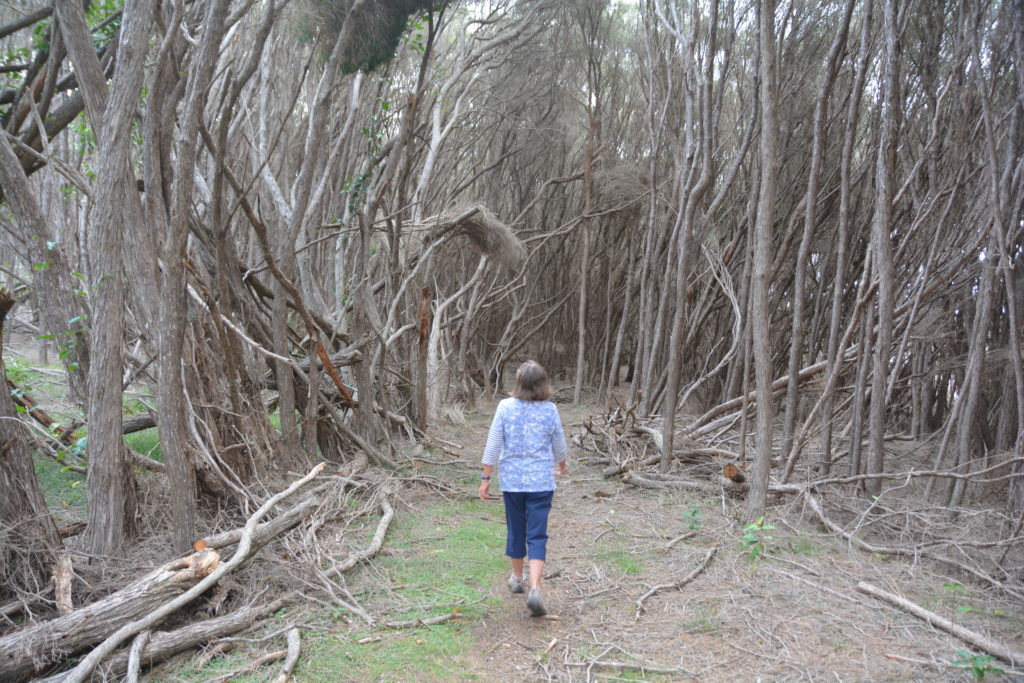
We named our trusty ride Wanda mainly because with an Australian accent the word ‘wander’ becomes wanda (and in case you’re wondering, yes it is perfectly okay to have a female truck). And that’s exactly what our plan was over the next few days – wanda about the south coast… with Wanda.
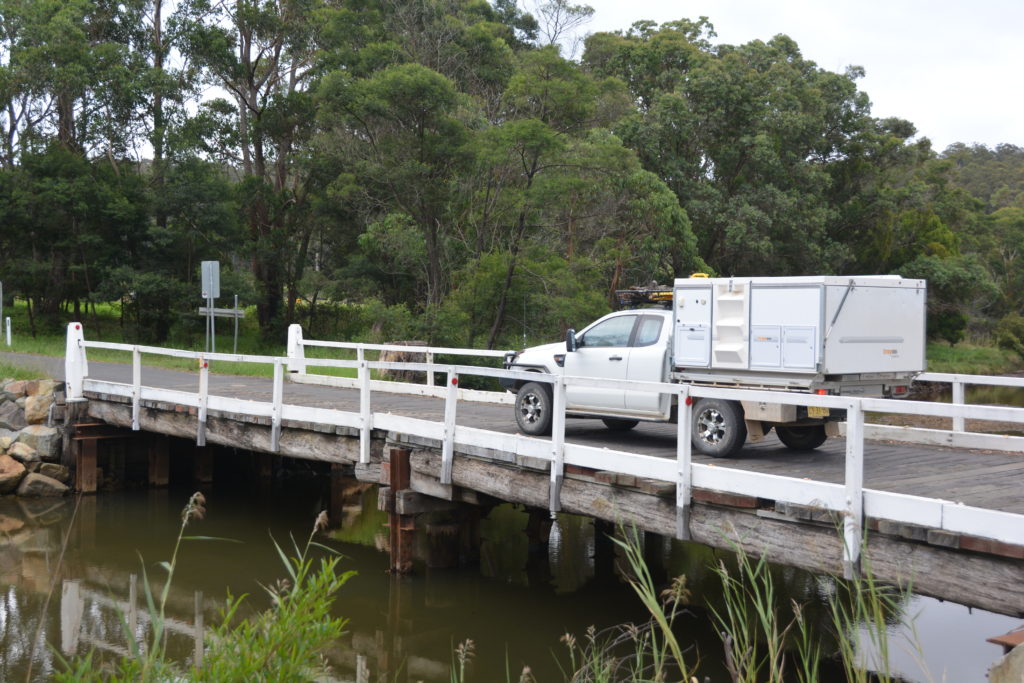
We slowly headed north along the coastal road from Bournda National Park, exploring the northern section of that park with short bush walks to various lookouts and beaches, all of it just great. Why is no one here? We then headed to the historic little town of Tathra with its deep water jetty first built in 1862 to service the small communities along this coast and act as a lifeline to the outside world.
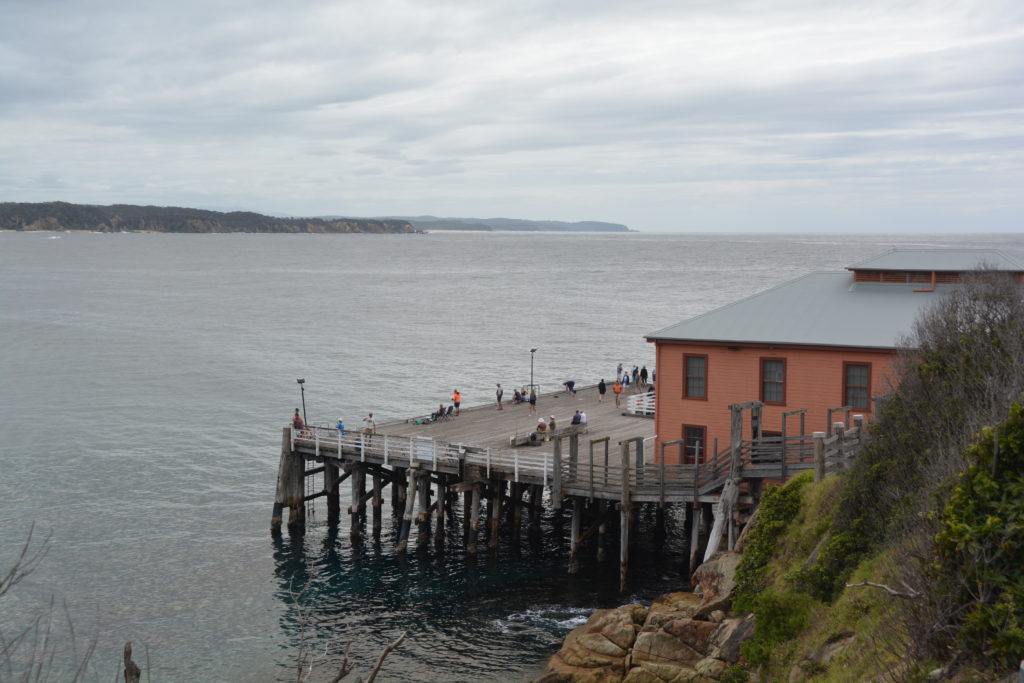
In the 19th century there was almost no inland travel due to the rough terrain. Almost all commerce and transport was via steamers and paddle boats which traded up and down the coast. Tathra had a deep bay and the jetty allowed people and goods to be loaded and unloaded. Today it is used by a bunch of friendly locals fishing off the high pier.
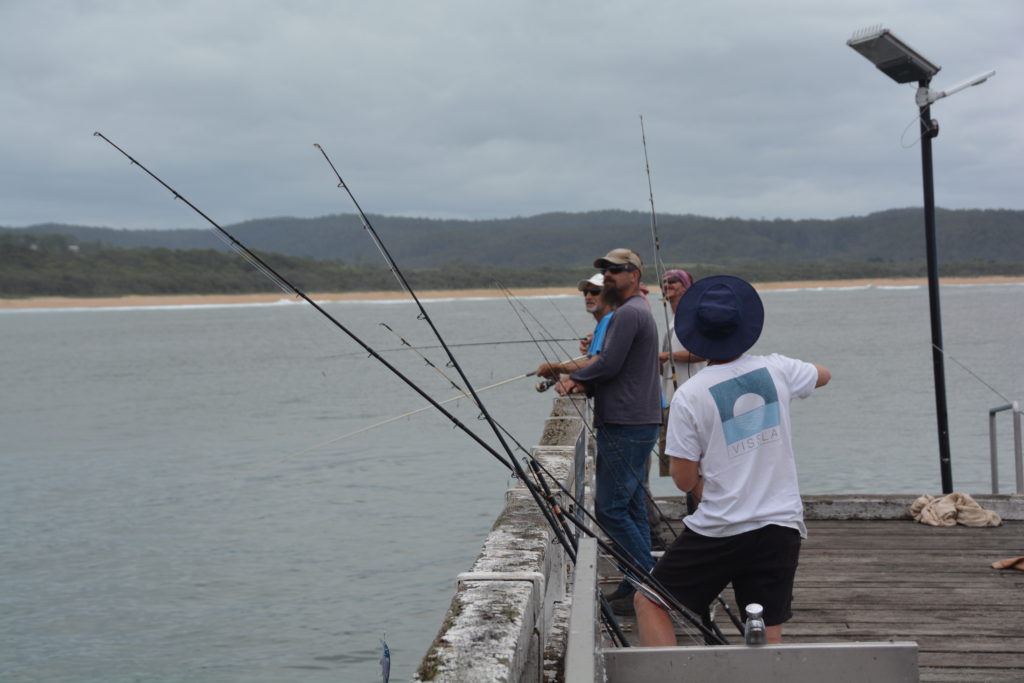
From Tathra we headed into Mimosa Rocks National Park, so named because in 1863 the paddle steamer Mimosa carrying 38 passengers and cargo bound for Sydney floundered on the rocks off the coast. Two passengers were lost but the others managed to get ashore and were eventually found.
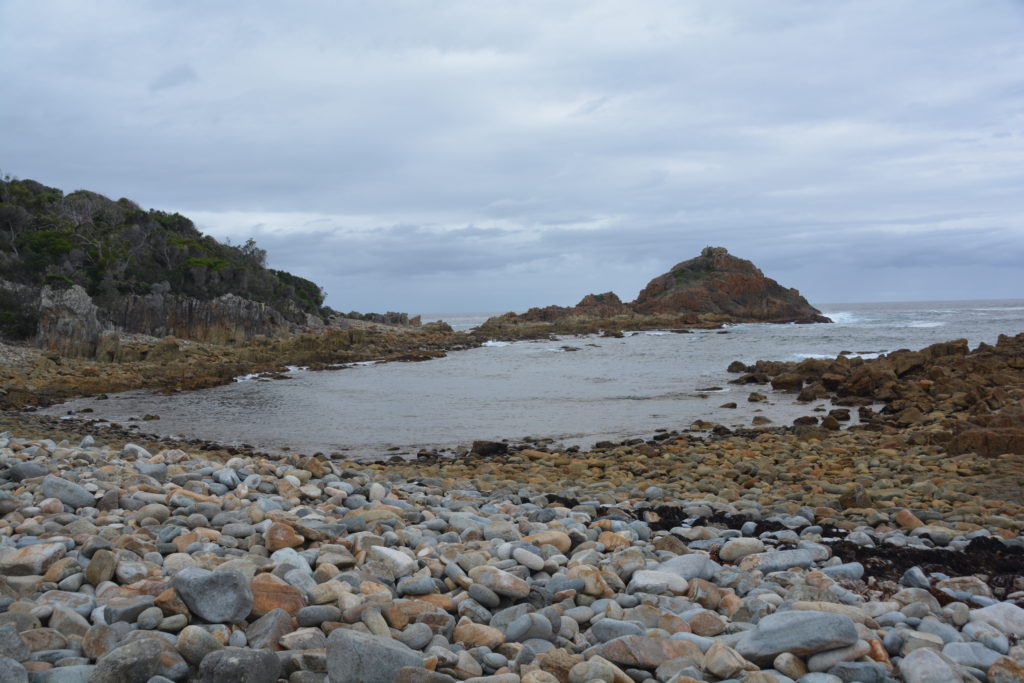
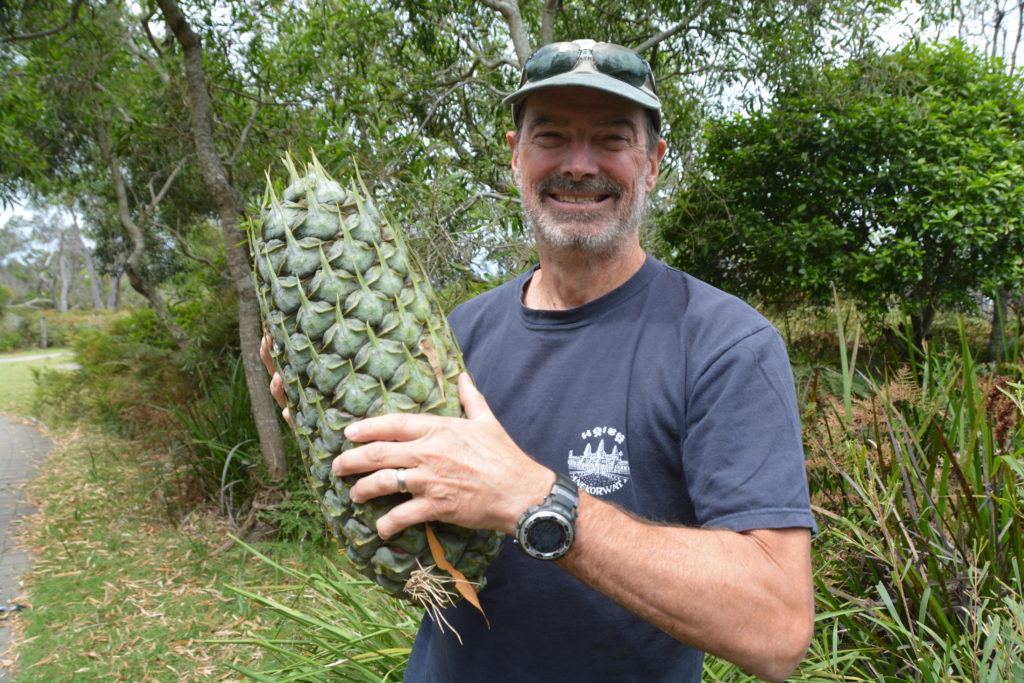
We slowly followed the coast up to the sleepy little holiday and fishing community of Bermagui, population only 1,500, which featured an attractive main street facing a beautiful beach and a nearby river providing harbour for dozens of fishing boats. Bermagui had the feel of a place we could come back to and settle in for a while although we might be the only people in town that don’t fish.
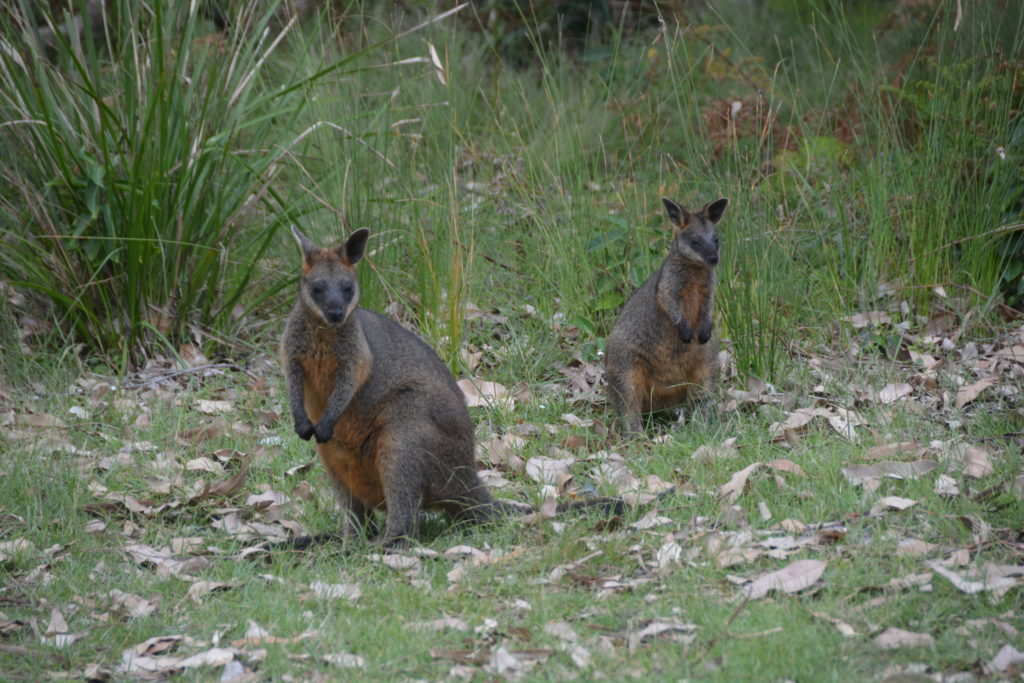
We found a beautiful place to camp that night in a nearby state forest under a majestic spotted gum with views of the notoriously-named but benign-looking Black Lagoon, part of the very extensive Wallaga Lake and river system. The sun hadn’t come out all day and we were busting for an ocean swim but were enjoying all the next best things.
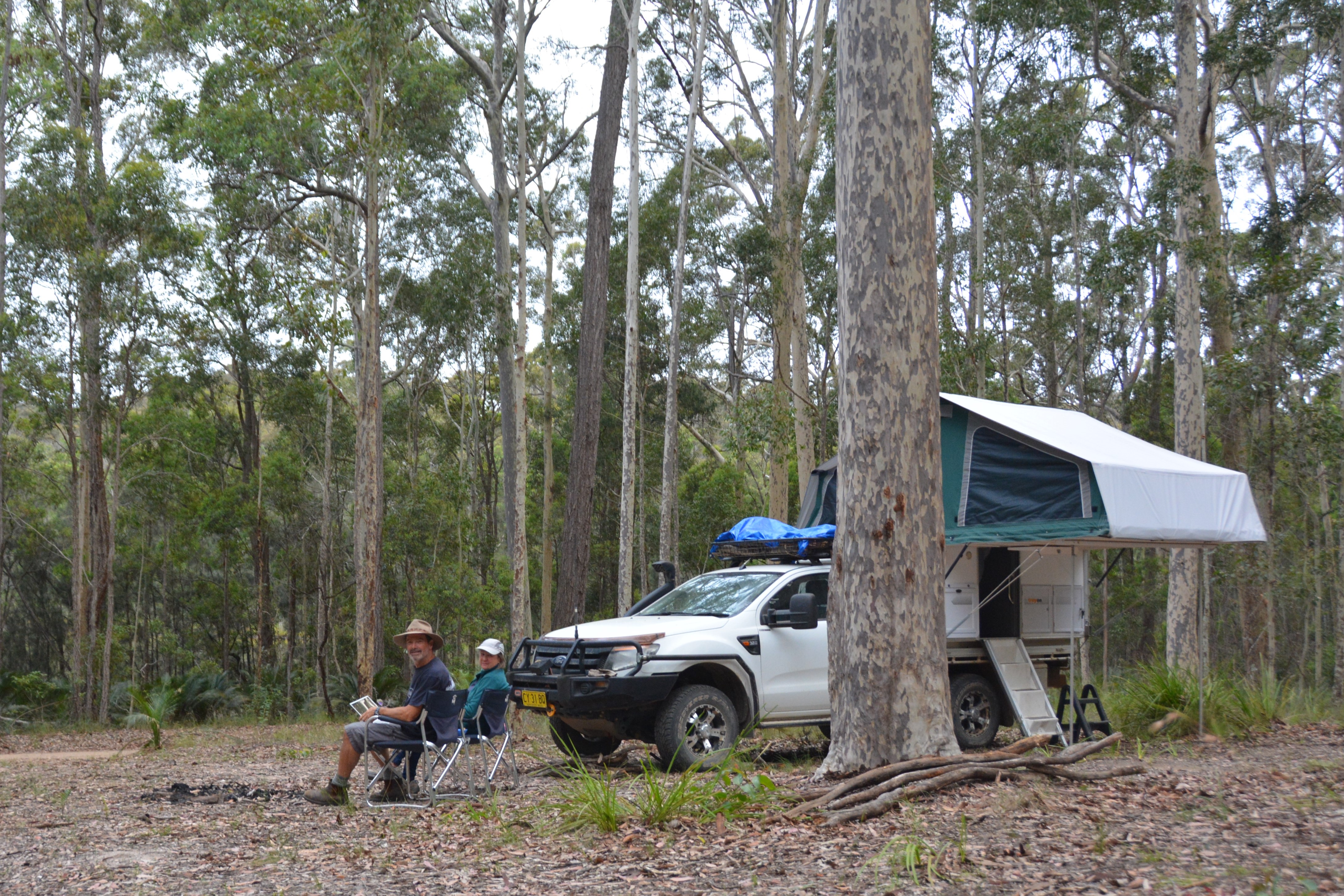
The next day was deemed Soggy Thursday as our weather apps predicted a lot of rain all day. Never mind, we’re flexible and we headed northward, stopping a few times to check out the local sites, eventually stopping at Tilba Tilba and the historic gold rush town of Central Tilba.
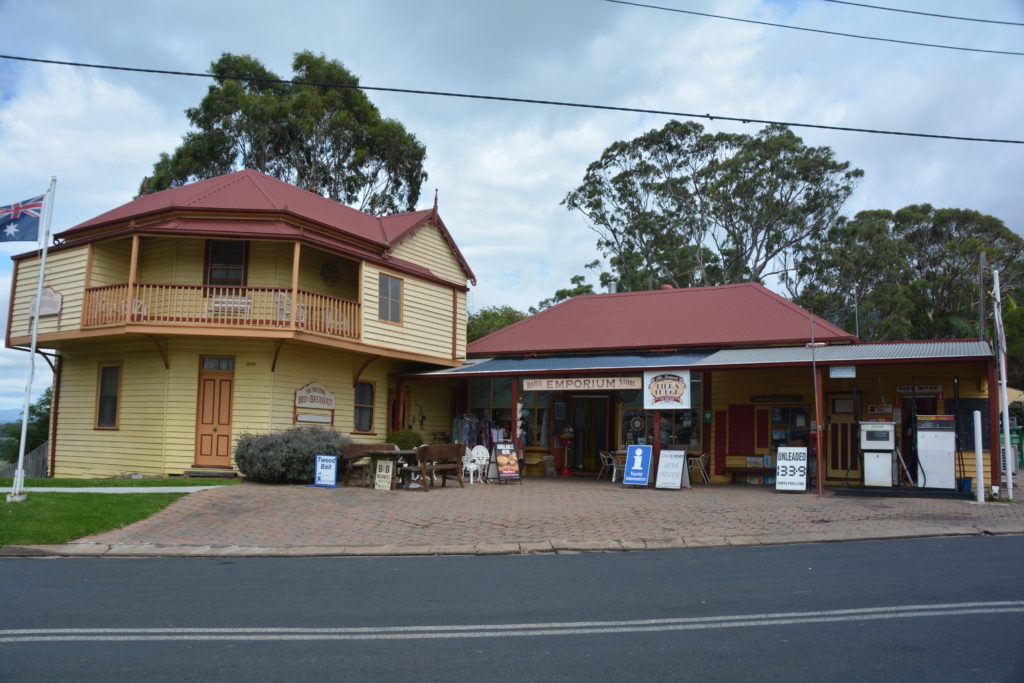
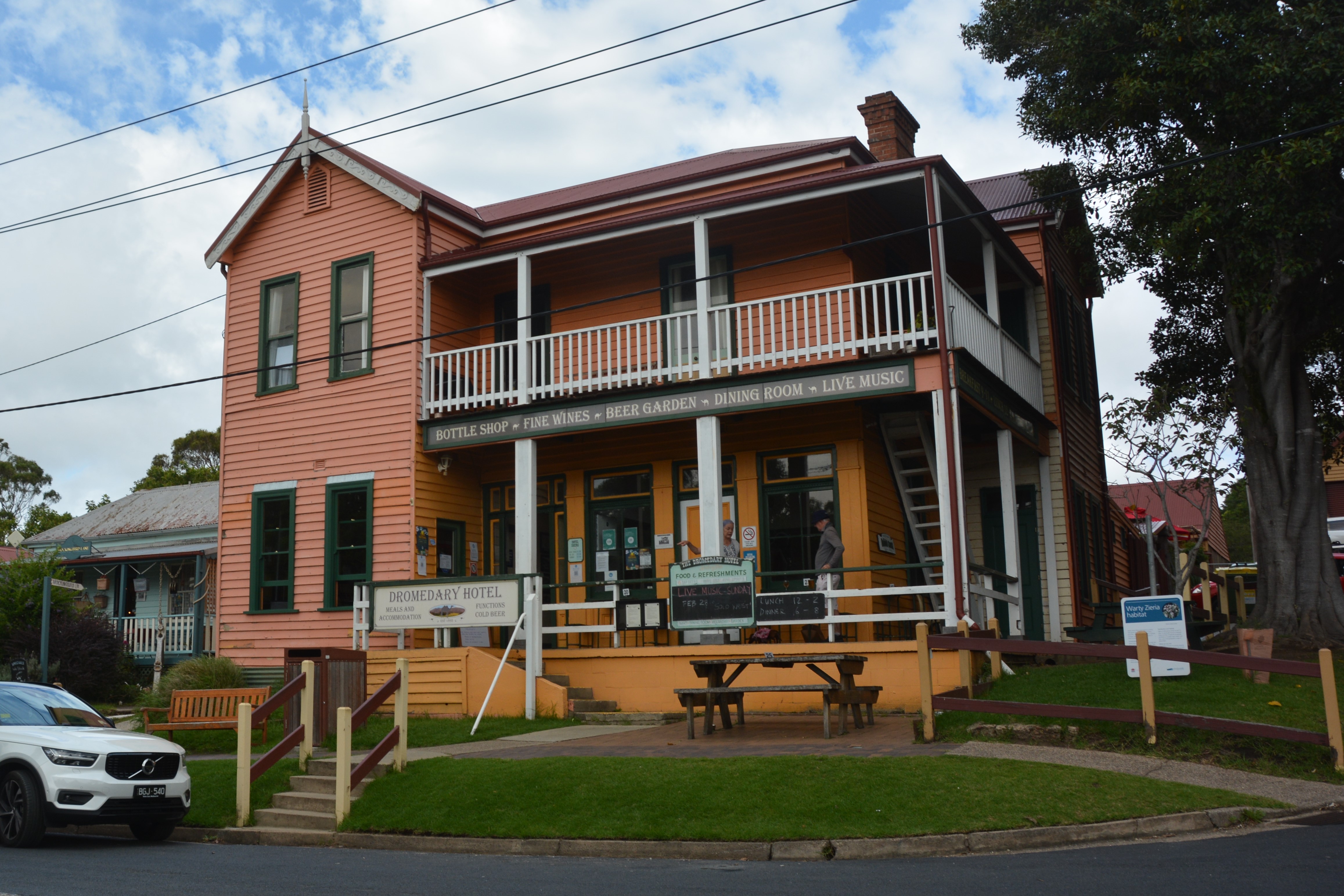
In the 1850’s gold was found on the slopes of Mt. Dromedary, so named by Captain Cook as he sailed by because it had the profile of a camel’s hump, and a rush of prospectors descended on this area in search of their fortune. The little town of Central Tilba became the hub of this gold rush and very quickly buildings sprung up and trade flourished.
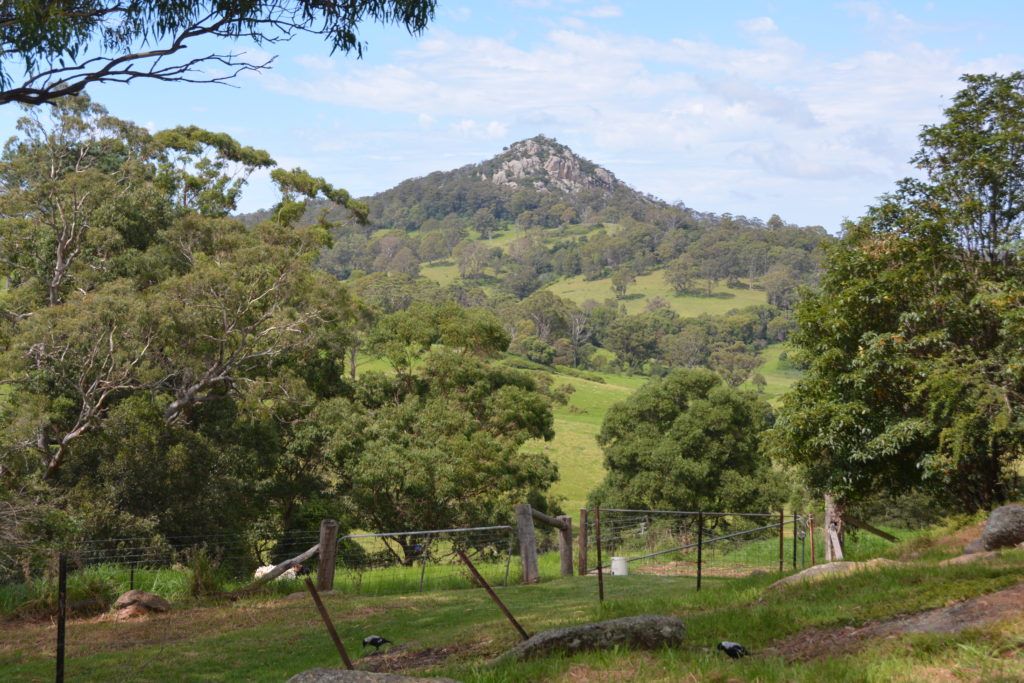
The gold petered out quickly but the local award-winning cheese factory, which opened in 1891, continued to employ people and kept the town alive. Today Central Tilba is protected under the National Trust and the town’s only street is lined with original weatherboard buildings dating back to the 1870’s to 1890’s, all well preserved and sporting various cafes, clothing, jewellery, curios and other items, including a few with a slightly alternative or bohemian offering.
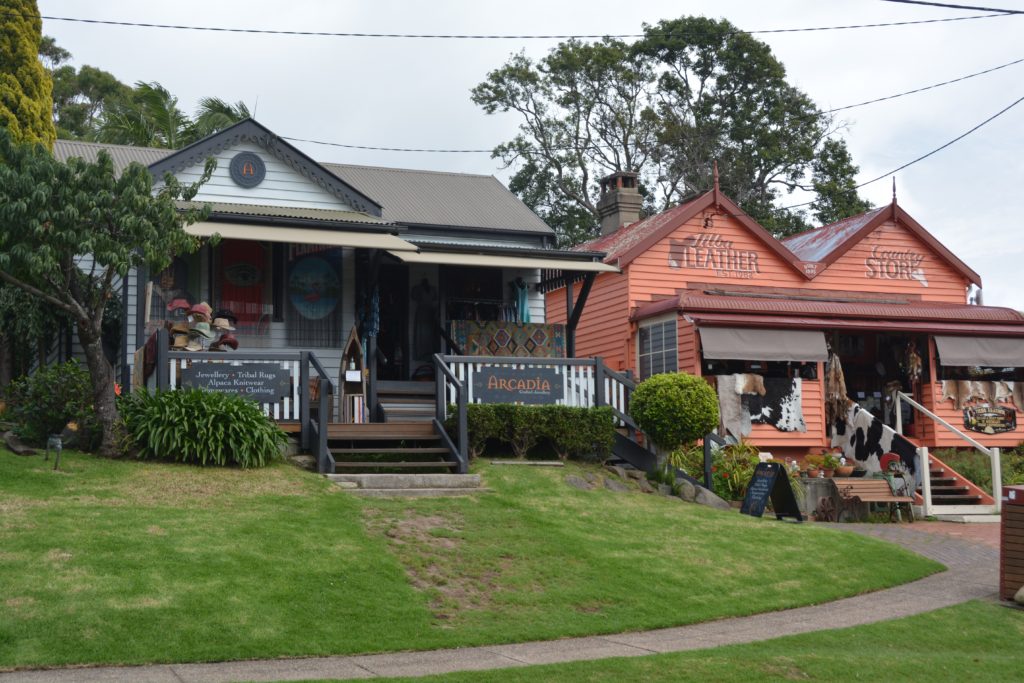
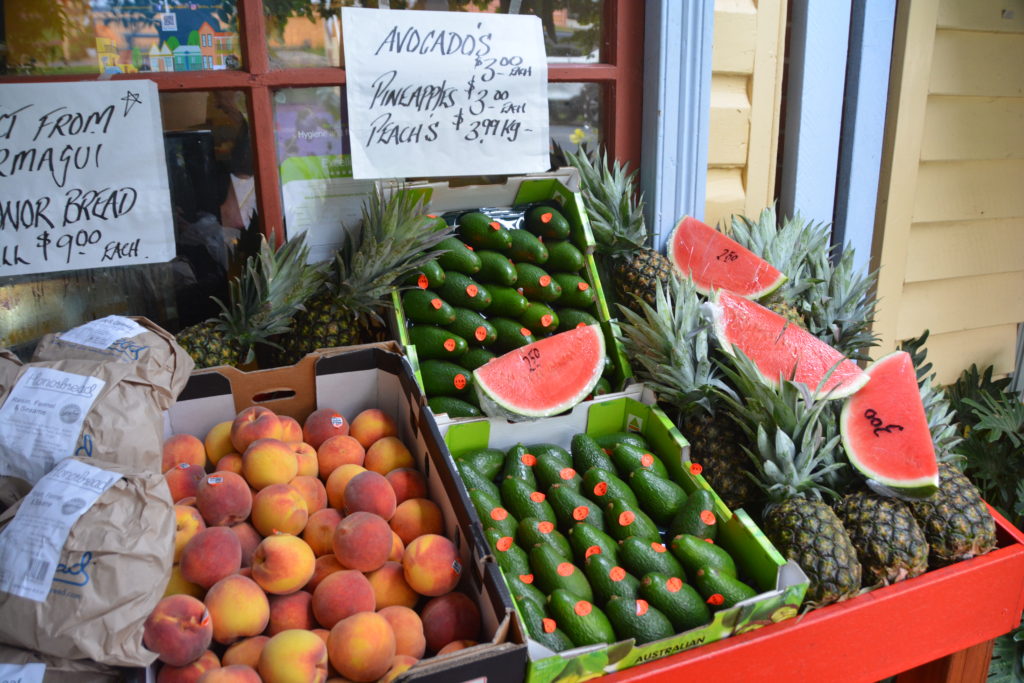
We spent money here and there, including a couple of beautiful cheeses at the still flourishing cheese factory, all great fun, before motoring further north to Mystery Bay and the southern section of Eurobodalla National Park. Again, a beautiful place, stunning beaches surrounded by a national park but only the smallest of communities – mainly retirees or weekenders – with no commercial activity at all.
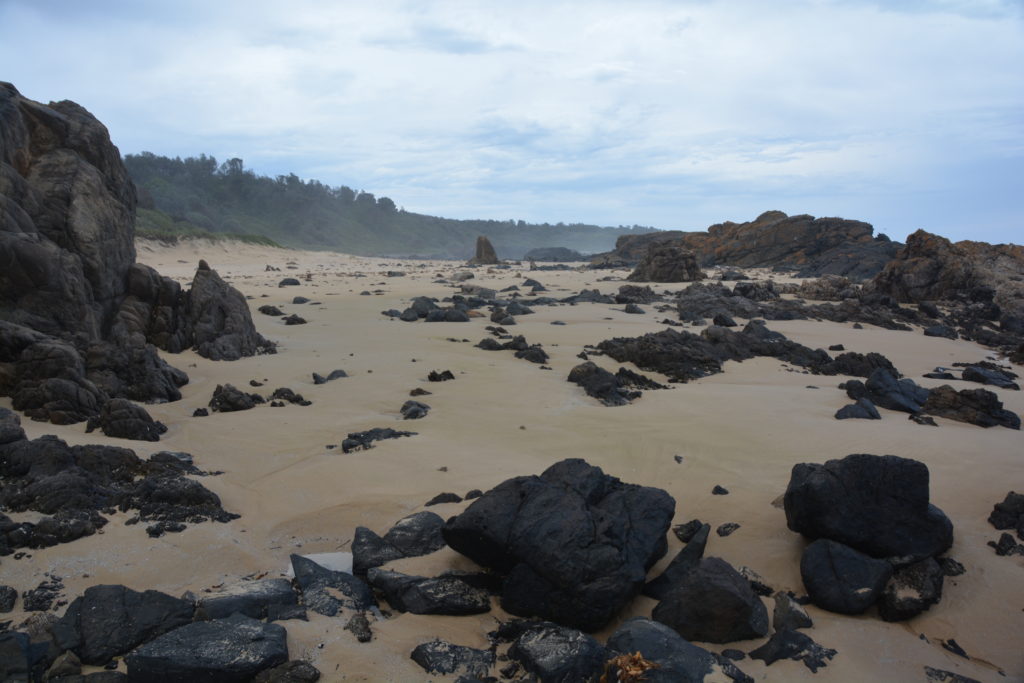
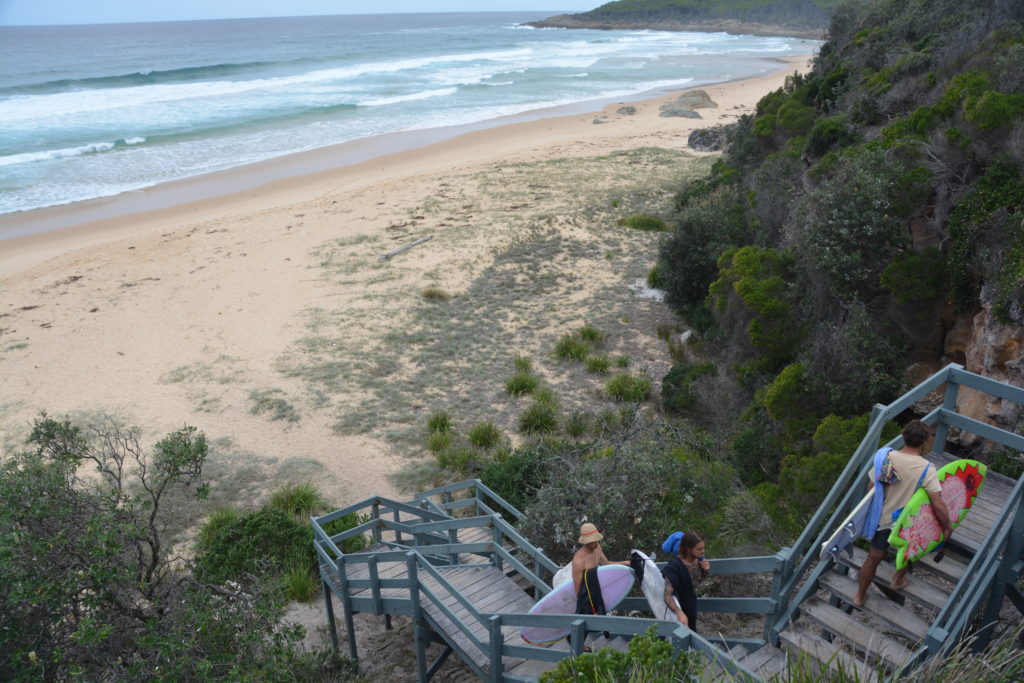
We moved on to Narooma, a more significant coastal town (still only about 3,000 people) built between the coastline and the extensive waterways of Wagonga Inlet. Our plan the following day was to do a day trip out to nearby Montague Island so we set up camp on a knoll in a holiday park (no longer called a caravan park…too upmarket for that legacy term) above the Narooma surf beach and enjoyed a delightful swim in the late afternoon sun. Soggy Thursday had actually become Late Afternoon Sunny Thursday.
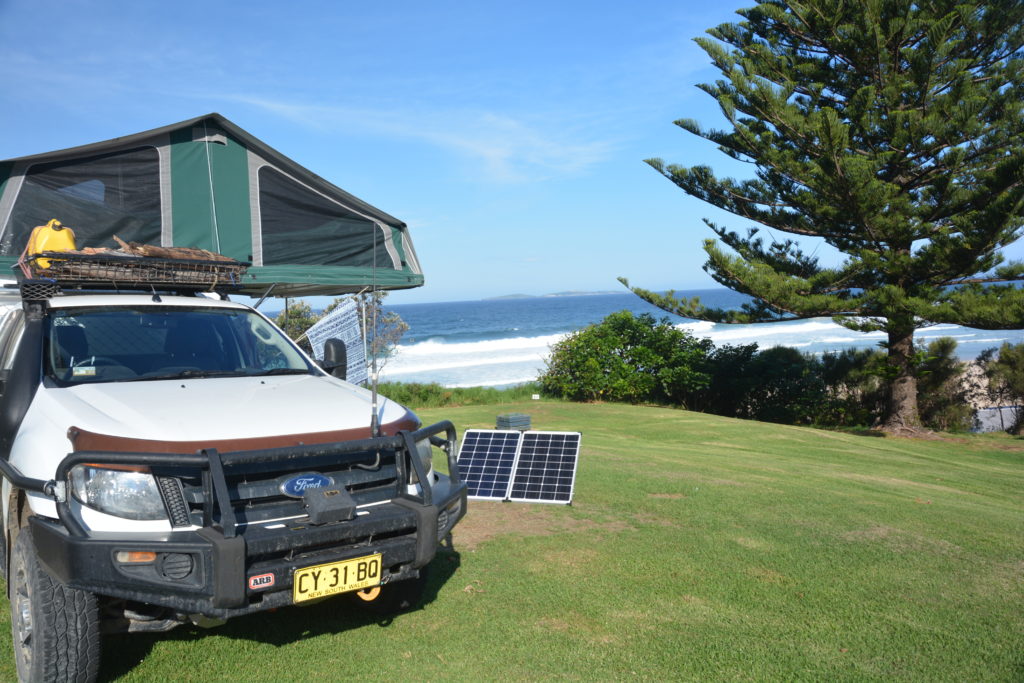
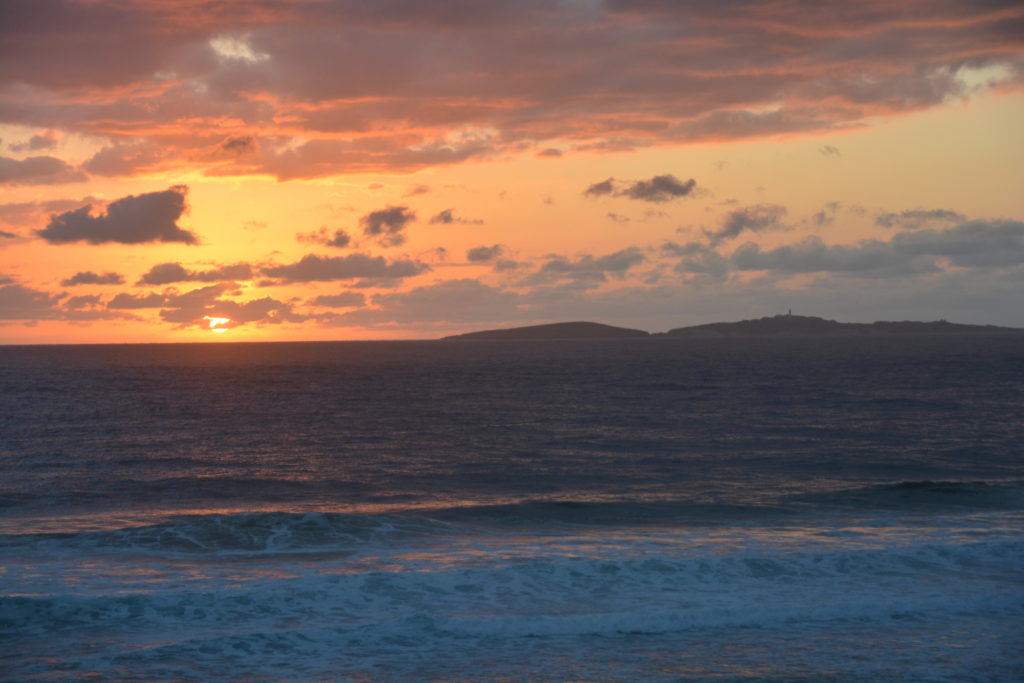
The next morning we drove down to the Narooma jetty and boarded our Narooma Charter boat for the day trip out to Montague Island. A bit of chaos ensued as a group of divers loaded all their equipment, another group of people loaded up all the stuff they needed for three days on the island, there were people coming just for the island tour and then there was us – snorkelers and island tour people. And all of this on a fairly small boat.
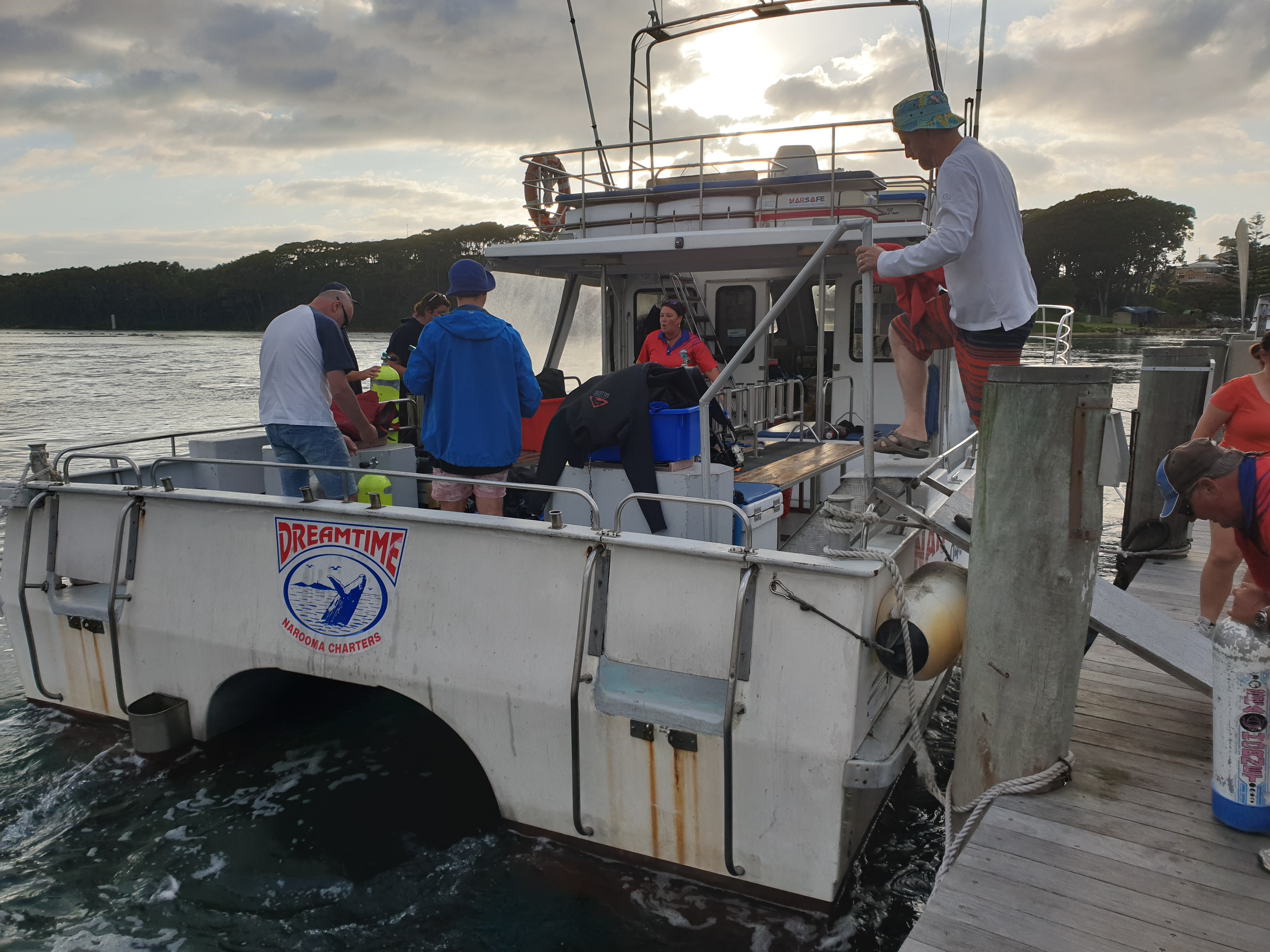
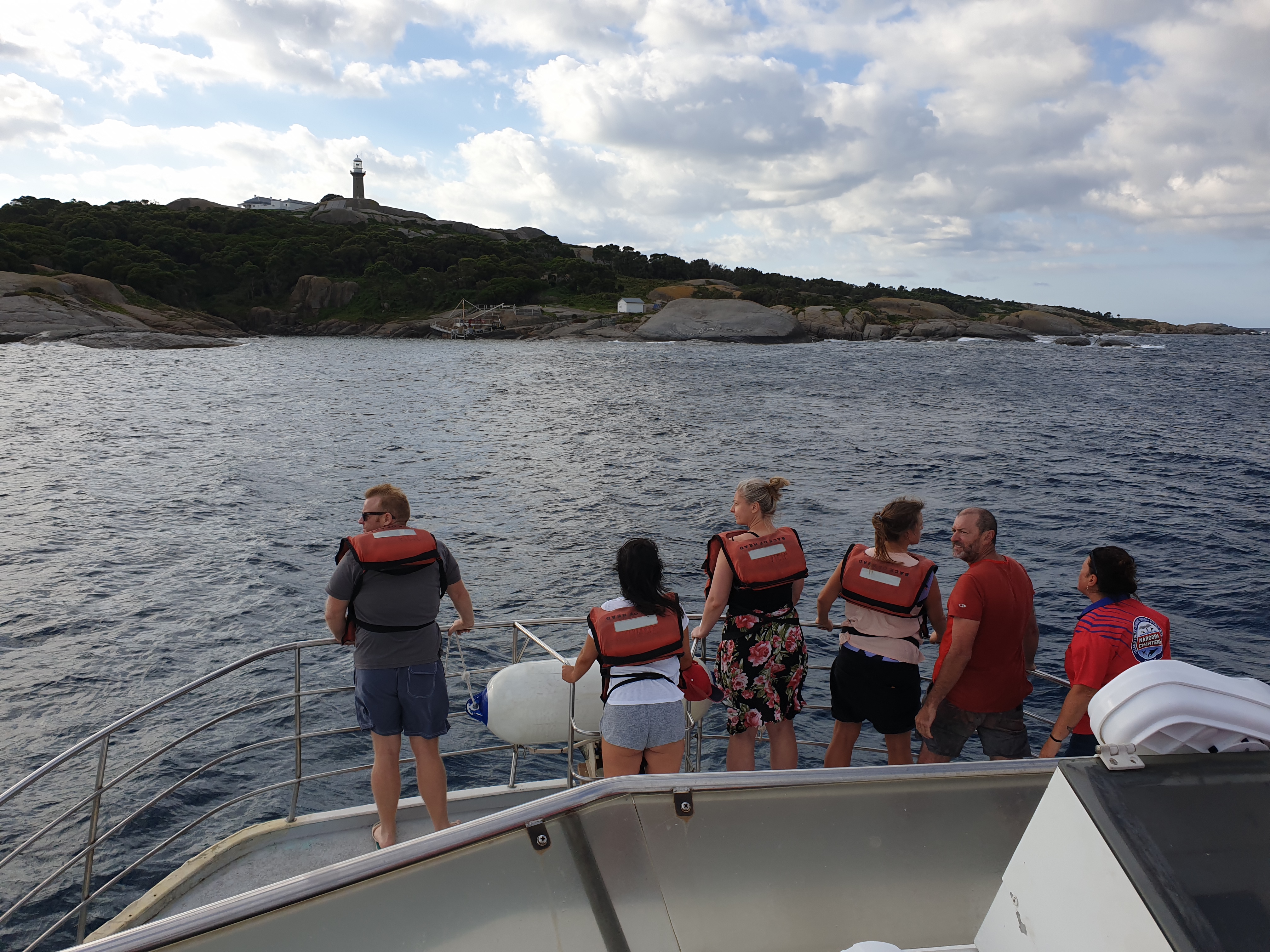
But it all worked out great. There was a fair amount of chop as we crossed the nine kilometres out to this island with its historic lighthouse, seal colony, fairy penguin colony and home to thousands of other nesting migratory birds. Once we arrived at the island, really just a lush volcanic and granite bubble rising from the shallow sea, we dropped anchor near a colony of fur seals, donned our wet suits and snorkel gear and jumped in.
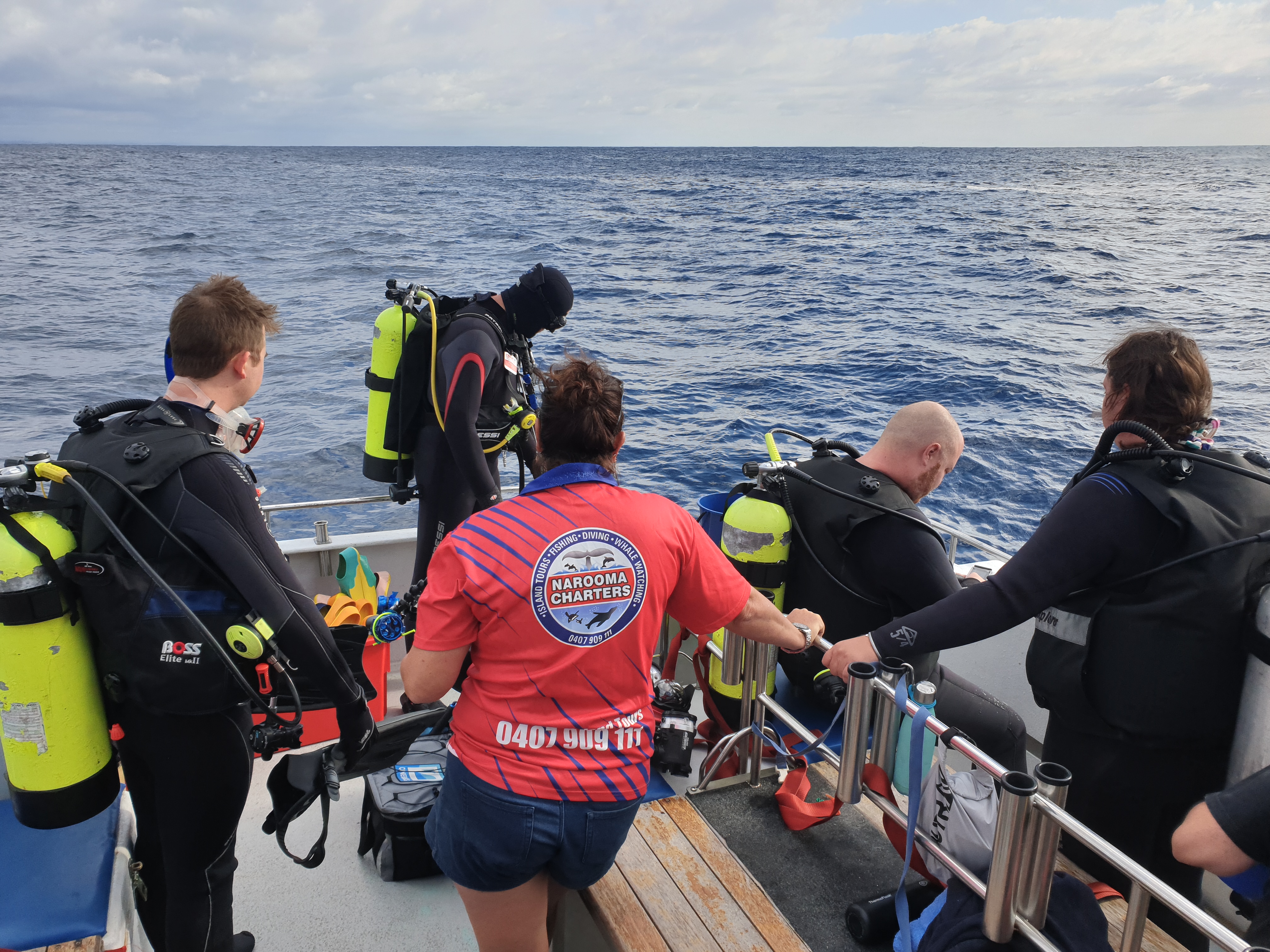
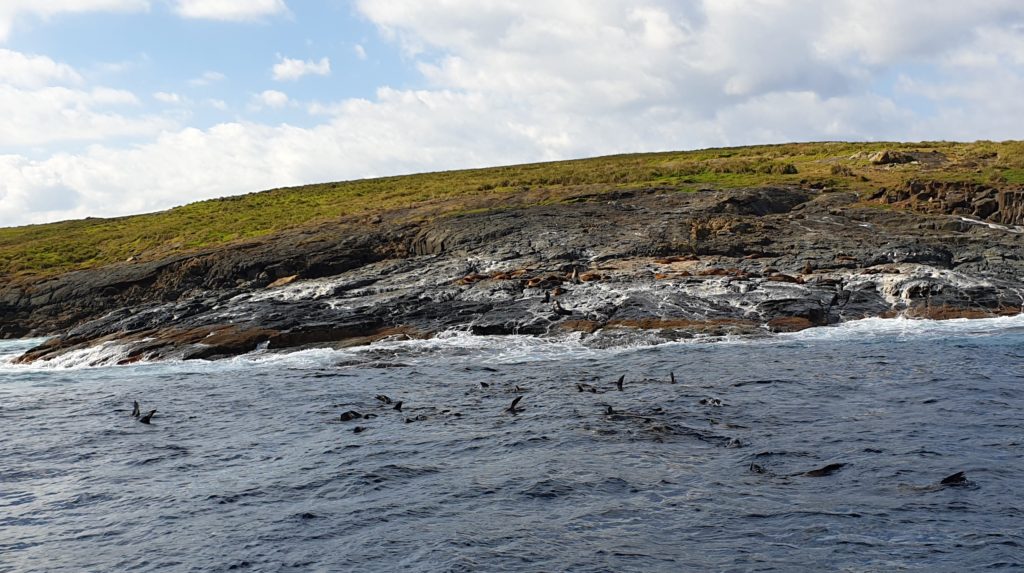
And what an experience. Many seals just sat up on the rocks but another equal number were in the water, just floating about, sometimes upside down with their nose pointing towards the bottom, others swimming this way and that, doing twists and turns and just lolling about. The divers were often below us looking up while we were snorkeling on the surface looking down. The seals surrounded us with their antics, curious enough to swim a little close for a good look, sometimes spinning and twisting as if putting on a show, other times just hanging upside down. Also down below us were small wobbegong sharks lolling about on the shallow floor and a sting ray or two.

We’ve done a lot of snorkeling in far away corners but we’ve never snorkeled with seals in such a close and fascinating encounter. This was really special. Sorry, no photos of the seals under water, we haven’t got the tech for that.
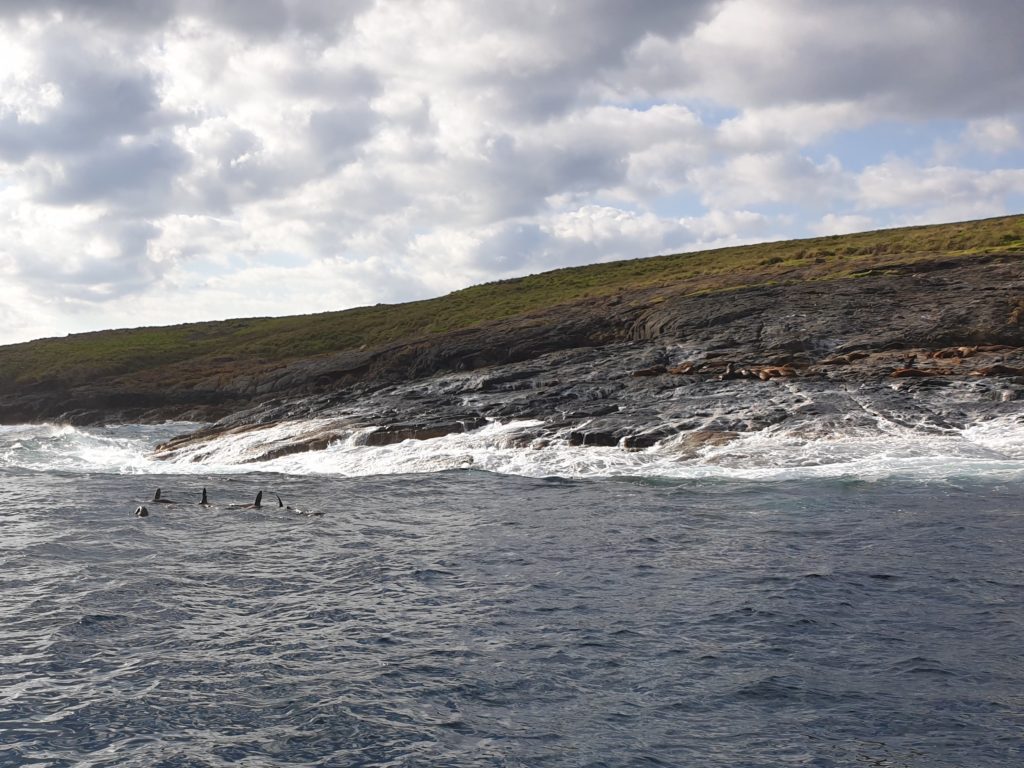
We were then dropped off on the island and local guide Ray provided us with a wonderful tour of the island, including its role in the Aboriginal Dreamtime, the flora and fauna of the island and the history of human habitation.
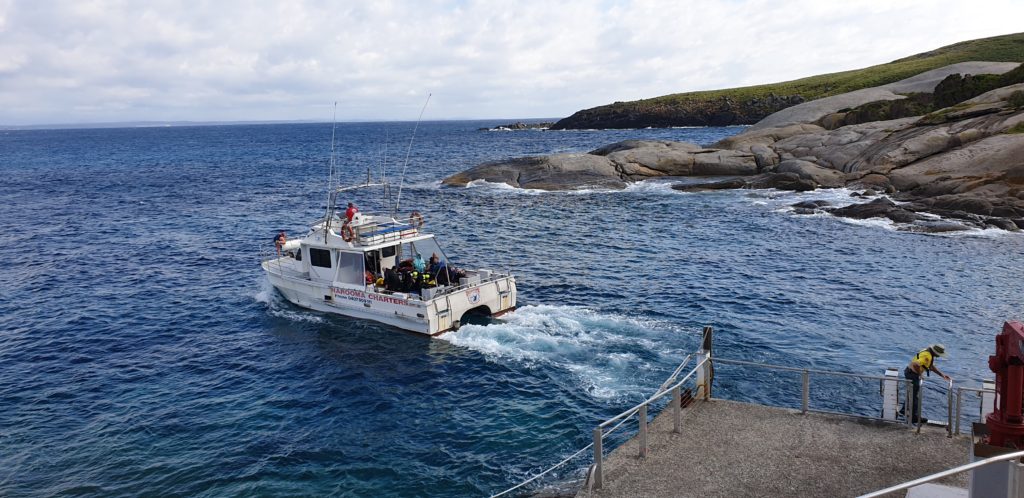
We’ve been totally sucked in by the fascinating story of how lighthouses lining this coast helped seafarers in the early days of settling this colony and how these ships provided both transport and commerce up and down the coast. The elegant lighthouse on Montague Island was completed in 1881 and the lonely lightkeepers would sometimes only be delivered supplies from Sydney once a year. The rest of the time they would have to grow, raise or catch their food themselves but in later years they also traded with people in Narooma on the mainland. Still, it was a lonely existence under difficult circumstances, definitely only for a unique breed of people.
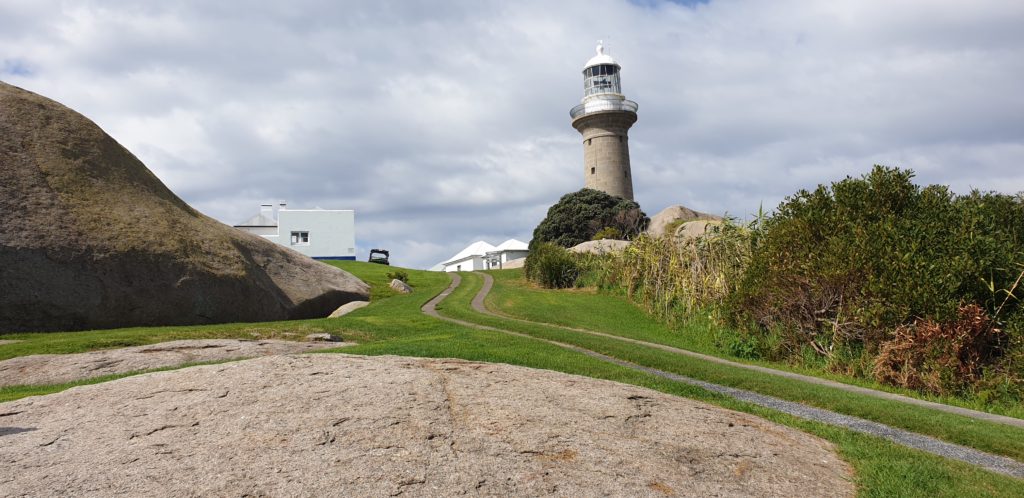
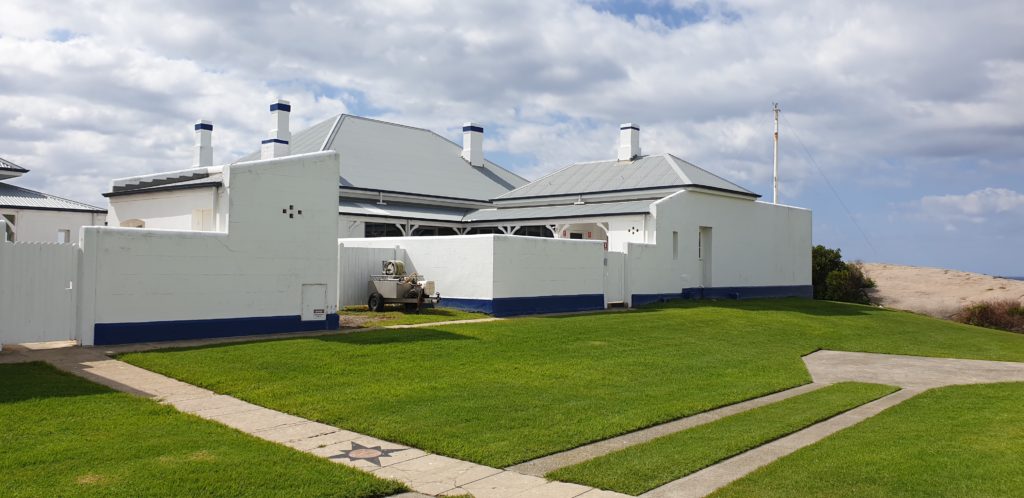
More views of beautiful Montague Island…




After the tour we drove further north, through Moruya (and saw our first traffic light for over two weeks!) and Bateman’s Bay (more traffic lights) to Murramarang National Park which is another park protecting a long stretch of magnificent coastline. We set up camp at North Head campground and enjoyed a late afternoon walk amongst the spotted gums – our new favourite gum tree – and cycads. Cycads are an amazing plant, looking a bit like a fern, very slow growing, the females very occasionally producing a huge fruit which is much bigger than a football and weighs 8-10 kilos. Said to be the food of dinosaurs, inside the fruit is beautiful red-orange sections which are eaten by all the local critters. Great stuff.
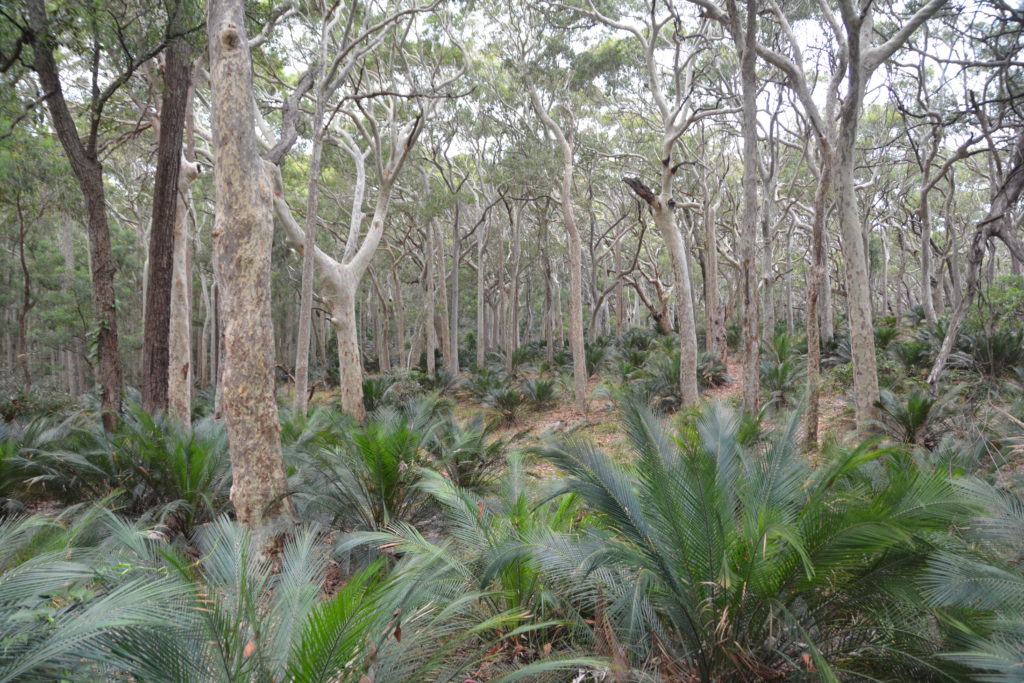
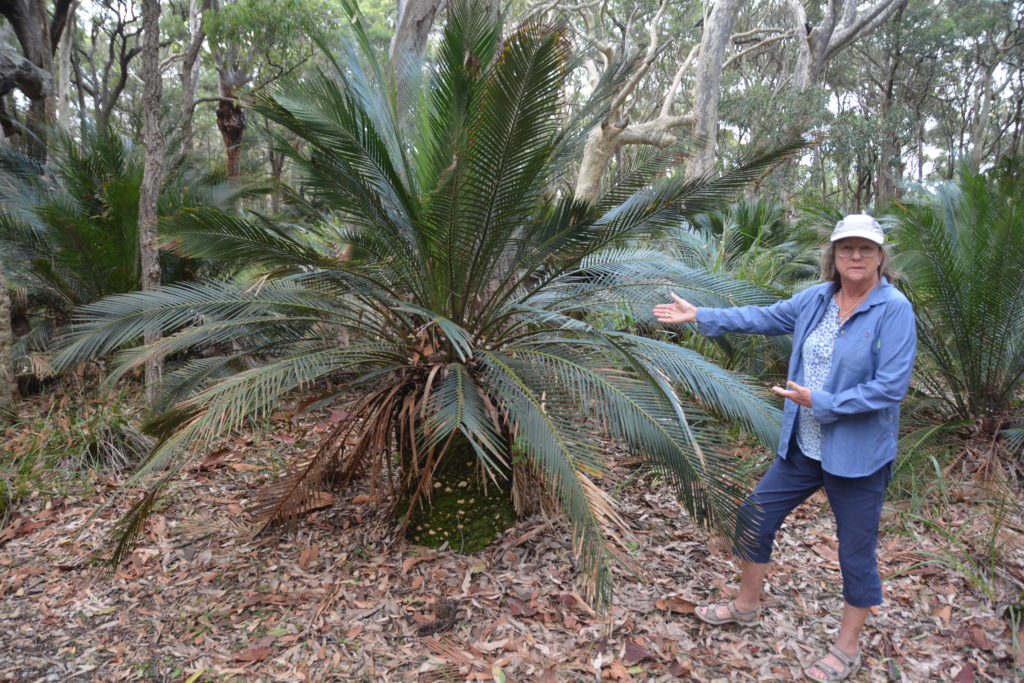
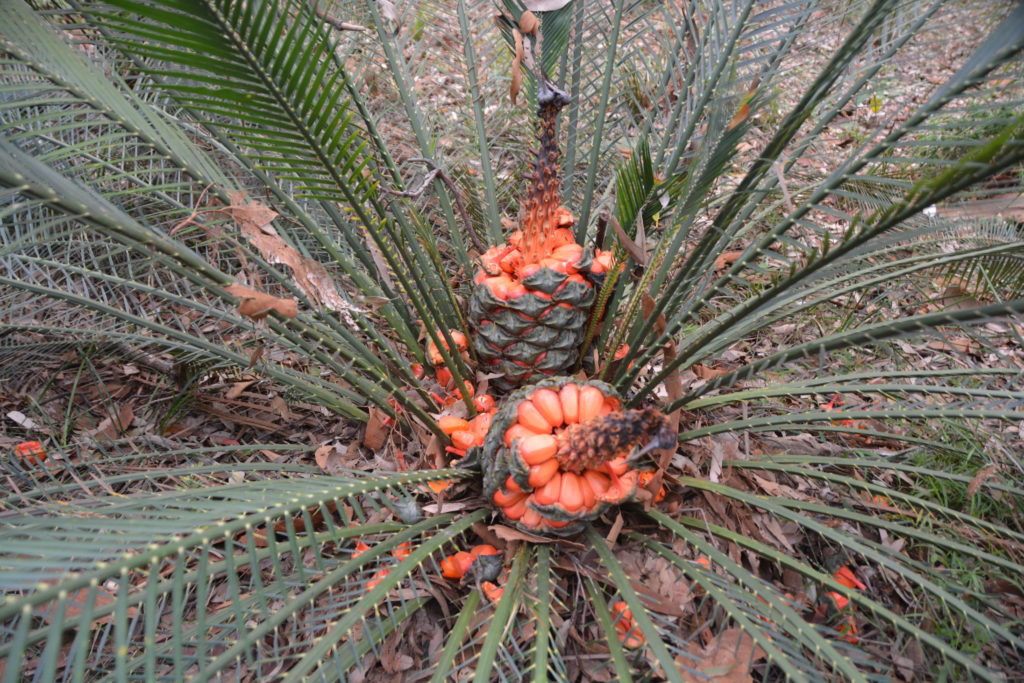
Late that night around the fire a brush tail possum jumped up onto the side table to Julie’s camp chair when we were sitting around the fire and another one climbed up the steps to our camper, went inside and started to go through the rubbish. Yes, they are very cute and we love them but the ones who live around campers are much too cheeky.
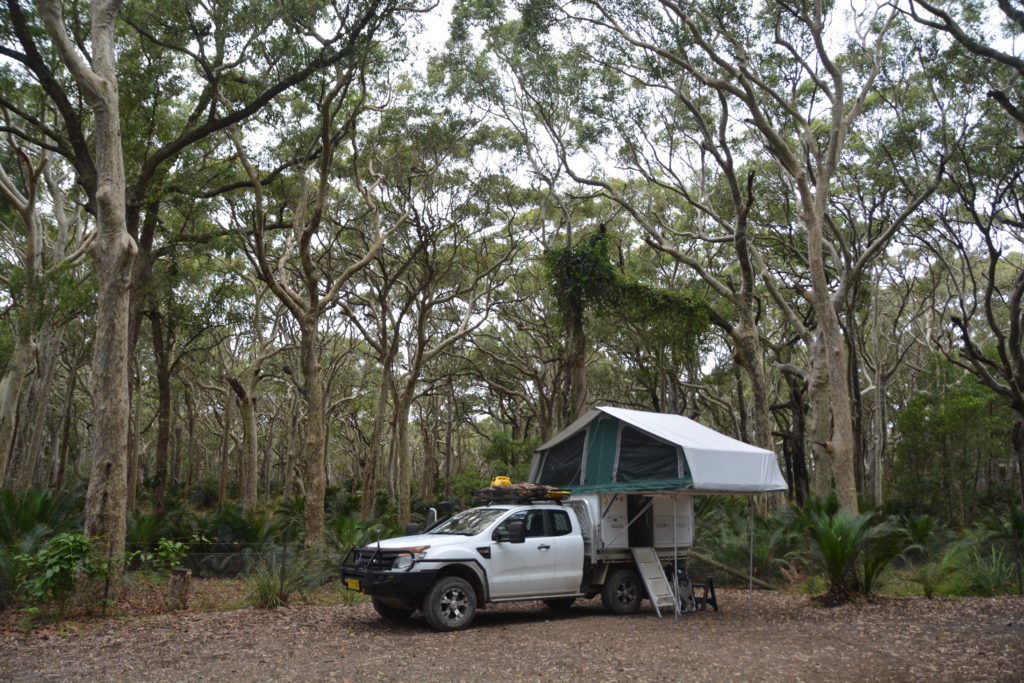
Our plan was to wanda…or wander…a bit more around Murramarang National Park before turning south again and exploring a few coastal areas we missed on the way north. And we’ll probably find a few more surprises along the way.
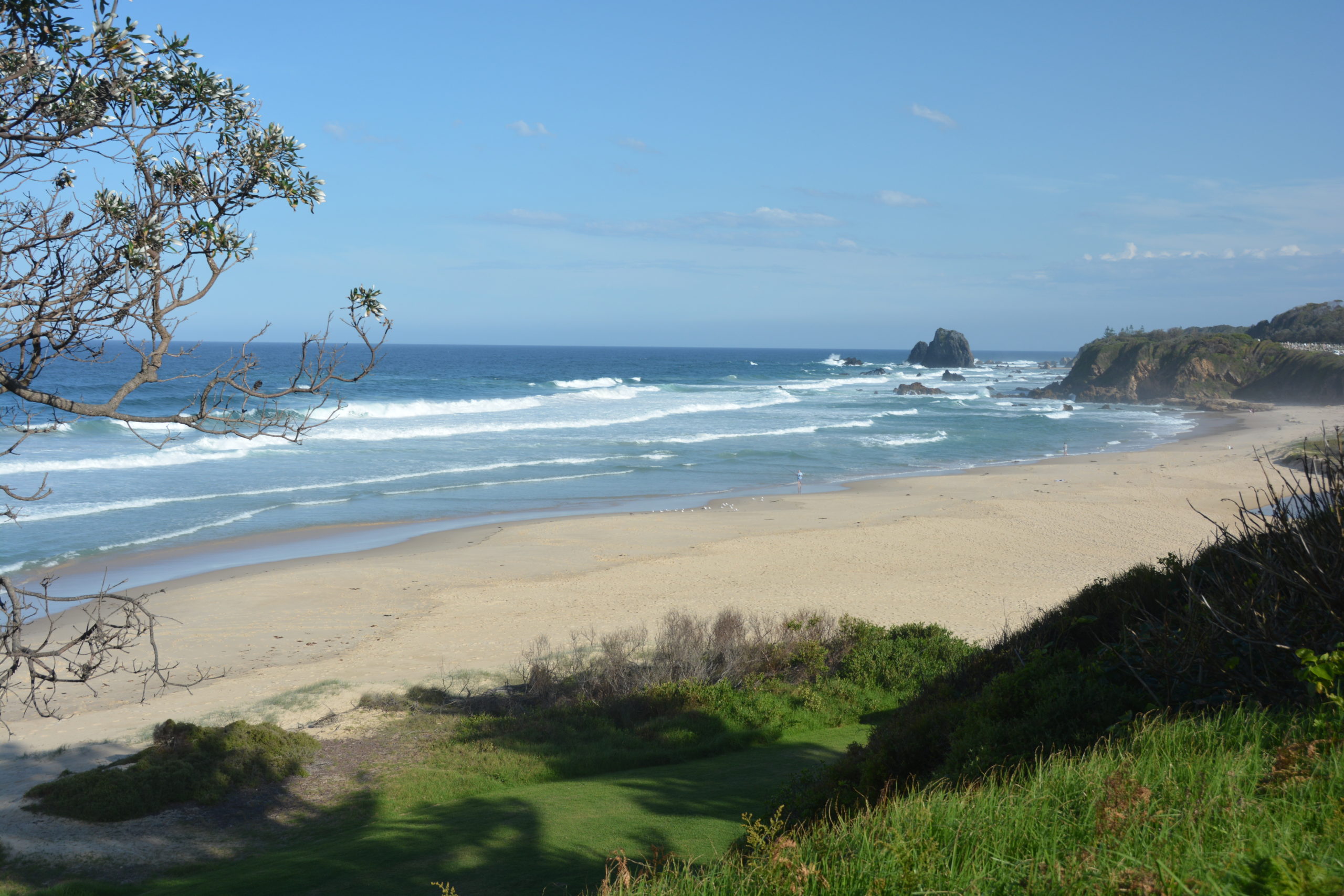
Comments
Wanda about — No Comments
HTML tags allowed in your comment: <a href="" title=""> <abbr title=""> <acronym title=""> <b> <blockquote cite=""> <cite> <code> <del datetime=""> <em> <i> <q cite=""> <s> <strike> <strong>